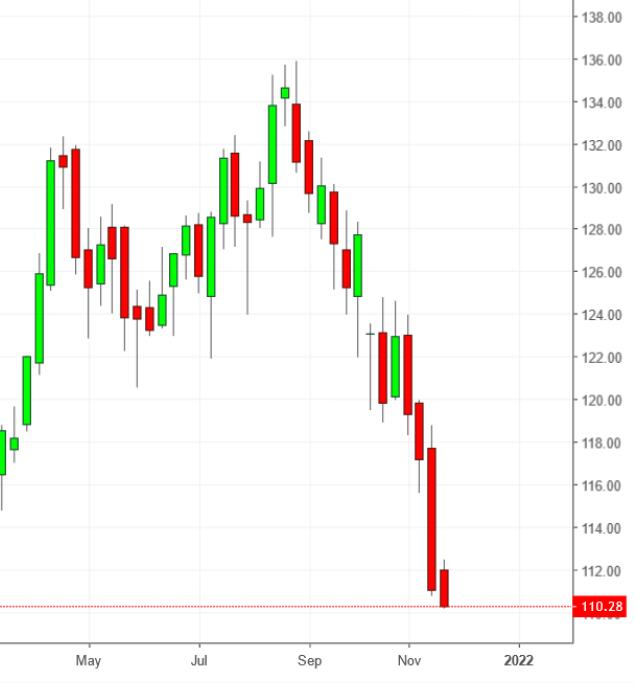Does Omicron bring uncertainty to the market?

The emergence of Omicron has made market investors realize that the volatility related to the new crown epidemic is far from over.
Therefore, when we are considering what companies are worth betting on, it is necessary to focus on large companies that have a safer growth path. If you are an investor who buys individual stocks and holds them for a long time, large-cap stock dividend stocks are one of the safest bets. These companies often have strong business models that can generate cash flow for shareholders on a regular basis. And a strong balance sheet, basic products and services, and a huge global business all help the company provide investors with substantial annual returns.
In addition, soaring inflation and rising yields have made long-term investors who want to maintain the value of fixed income more interested in buying high-dividend stocks. Below, we list three such stocks:
1. Medtronic
Health stocks have long been considered relatively safe stocks due to their stable source of income. Medtronic (NYSE: MDT) is such a stock. Although the company is relatively low-profile, we are optimistic about the stock because of the company’s strong market position and high dividends-the company is the world’s largest medical device manufacturer. It controls about 50% of the global cardiac pacemaker market, and it is also a leader in spinal surgery and diabetes care products.
Regardless of the economic trend, stocks like Medtronic will continue to bring in a lot of cash. This Dublin-based company has a long-term strategy to pay 50% of its free cash flow as dividends to shareholders. The company’s current annual yield is 2.27% and the quarterly dividend is $0.63. In the past five years, the company's dividend has increased by more than 10% annually on average.
Medtronic reported sales last week lower than Wall Street's expectations, and lowered its revenue growth forecast due to the recovery of the epidemic and the challenges of healthcare workers. However, we believe that such weakness is temporary, and it is a good buying opportunity for dividend investors. The company is one of the strong anti-inflation stocks, especially in the medical equipment business, it has the ability to rebound once the epidemic is under control.
2. Texas Instruments
Texas Instruments (NASDAQ: TXN) produces electronic products, including chips used in a variety of industries, and is another reliable name in the investor portfolio. The company's largest sales come from industrial equipment manufacturers. At the same time, it is also a semiconductor manufacturer, producing products used in all fields from automobiles to home electronics to space hardware.
For long-term investors, the company's biggest attraction is its annual dividend plan. Currently, Texas Instruments has an annual dividend rate of 2.4%, and currently pays a quarterly dividend of $1.15. The annual growth rate in the past five years has exceeded 20%. Since the payout ratio has just exceeded 50%, Texas Instruments still has a lot of room to continue to increase its payout in the future.
In addition, with a large number of chips being added to automobiles and machinery, the company's long-term growth prospects are bright. Unlike many chip manufacturers that mainly outsource product manufacturing, Texas Instruments, headquartered in Dallas, has a factory that can meet about 80% of its demand.
3. JP Morgan Chase
Banking is a purely cyclical transaction, closely related to the direction of economic development. At present, given the prospects for rising interest rates and strong economic growth, these factors are quite favorable for the banking sector.
In the banking sector, we are optimistic about JPMorgan Chase (NYSE:JPM), which is the largest income investor-oriented bank in the United States, resulting in a strong balance sheet and good operating quality.
JPMorgan Chase released a strong performance in its recent earnings report. Despite the suppression effect of the new crown virus and supply chain disruption, the economy continues to grow.
In the third quarter, the bank's investment banking business expenses increased by 52%, improving its profitability. Coupled with the government's large-scale infrastructure spending plan and the gradual reduction of monetary stimulus, as companies and individuals exhaust the liquidity accumulated during the epidemic, bank credit demand may rebound sharply next year.
JPMorgan Chase’s current annual dividend rate is 2.47%, and it pays a dividend of about $1 per share. In the past five years, the bank’s quarterly dividend has increased by about 18% per year.



